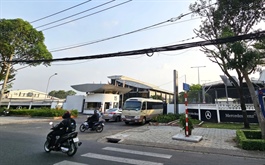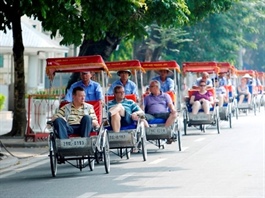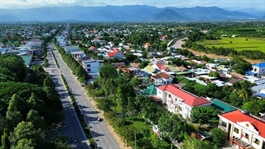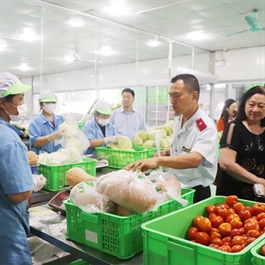Manufacturing production suffers after Typhoon Yagi
Manufacturing production suffers after Typhoon Yagi
Typhoon Yagi had a significant impact on Vietnam's manufacturing sector in September, with heavy rain and flooding causing temporary business closures and delays across production lines and supply chains.
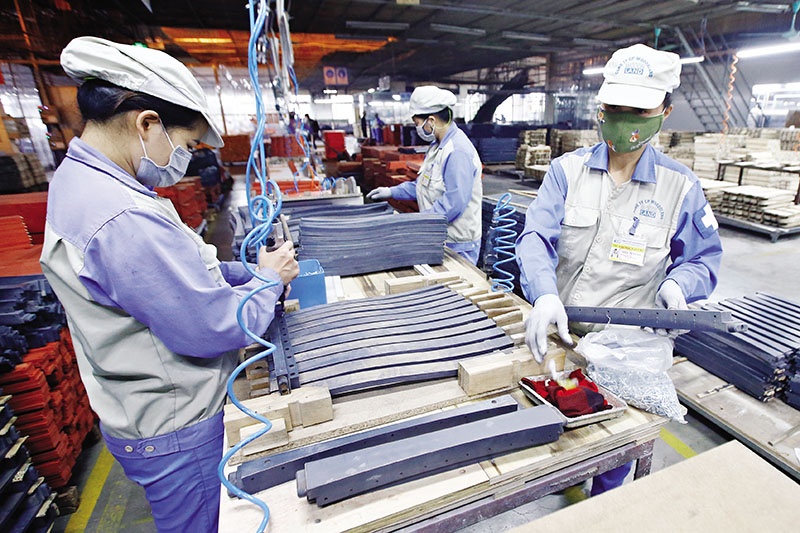
The S&P Global Vietnam Manufacturing Purchasing Managers' Index (PMI) fell below the 50-point no-change mark, signalling a renewed deterioration in business conditions at the end of the third quarter after a period of solid growth. The index dropped to 47.3 points in September from 52.4 in August, marking the sharpest decline since November last year.
The typhoon triggered a sharp reduction in manufacturing output, halting a five-month streak of expansion. After strong growth in August, the latest decline was the steepest since January 2023.
Similarly, new orders fell, largely due to the storm's impact, although export orders dipped only slightly, with international demand holding up relatively well.
In response to reduced output and new orders, businesses scaled back their purchasing activities for the first time in six months. Those manufacturers that did make purchases faced significant delays in supplier deliveries due to flooding. This led to a rapid decrease in stocks of purchases, with the reduction nearly matching the level seen during the pandemic in April 2020. Stocks of finished goods also declined in September.
Disruptions to production lines and company closures contributed to growing backlogs of work, with the rise in outstanding business being the sharpest in two and a half years.
Andrew Harker, economics director at S&P Global Market Intelligence, commented, “The severity of Typhoon Yagi had a major impact on the Vietnamese manufacturing sector as heavy rain and flooding caused temporary business closures and delays to both supply chains and production lines. The storm brought an end to a period of strong growth in the sector."
Despite the challenges, firms remained optimistic about future output, expecting a rebound as recovery from the storm begins. Sentiment improved to a three-month-high, with companies confident in a strengthening demand outlook over the coming year. This optimism led to an increase in employment, even as workloads dropped.









